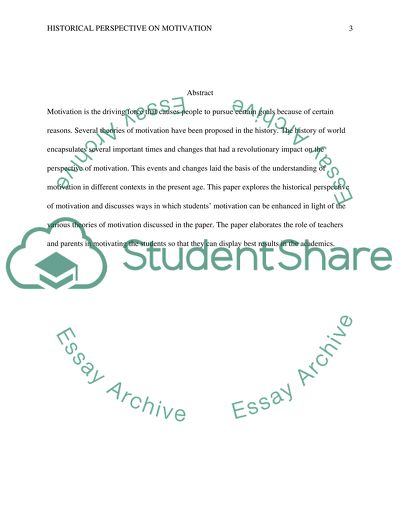Cite this document
(“Historical Perspective on Motivation Term Paper”, n.d.)
Retrieved from https://studentshare.org/education/1402089-historical-perspective-on-motivation
Retrieved from https://studentshare.org/education/1402089-historical-perspective-on-motivation
(Historical Perspective on Motivation Term Paper)
https://studentshare.org/education/1402089-historical-perspective-on-motivation.
https://studentshare.org/education/1402089-historical-perspective-on-motivation.
“Historical Perspective on Motivation Term Paper”, n.d. https://studentshare.org/education/1402089-historical-perspective-on-motivation.


